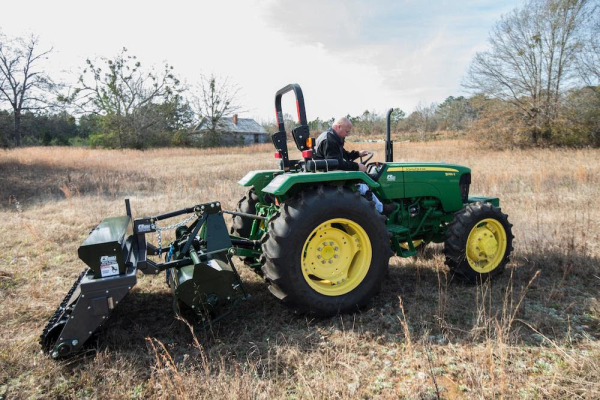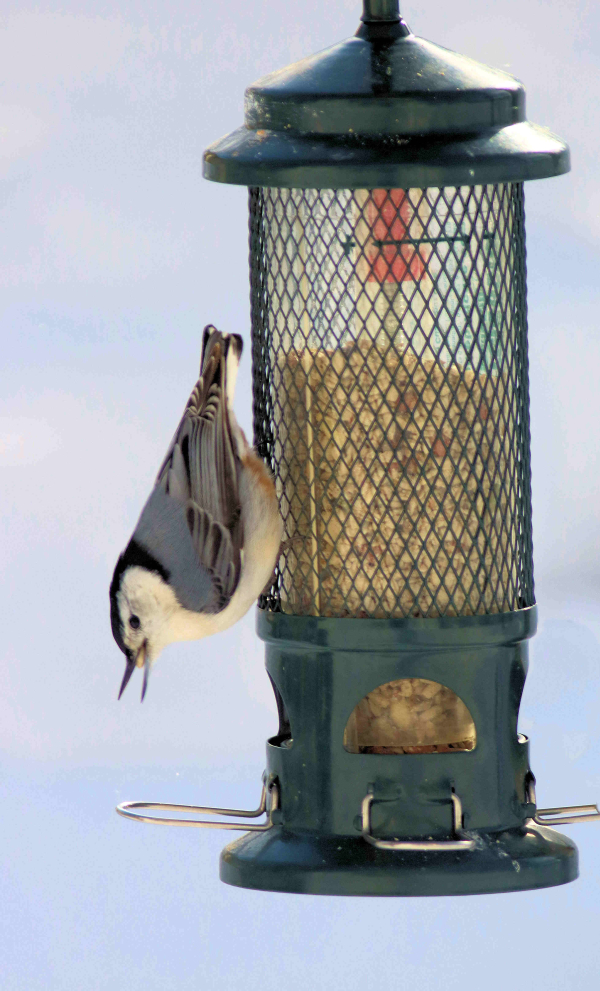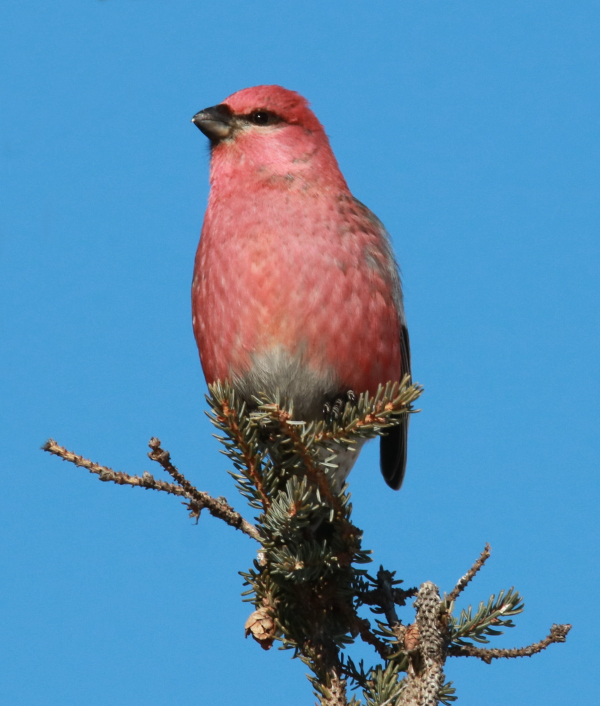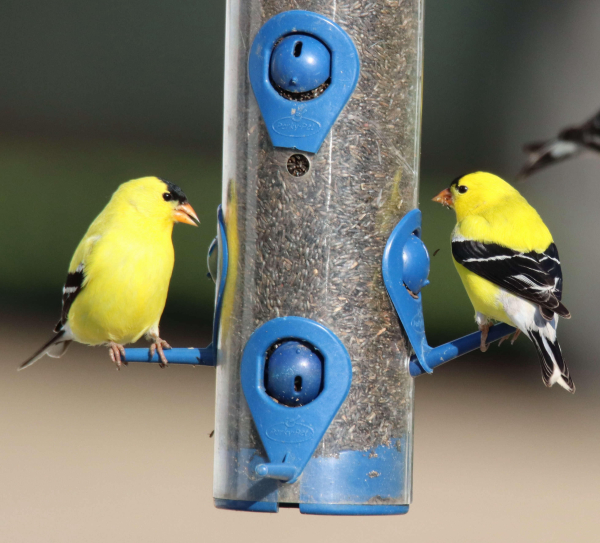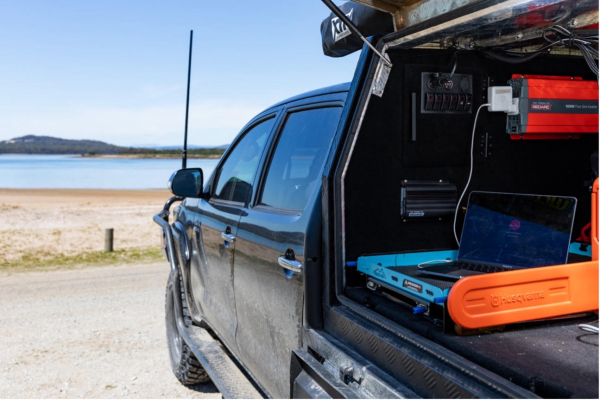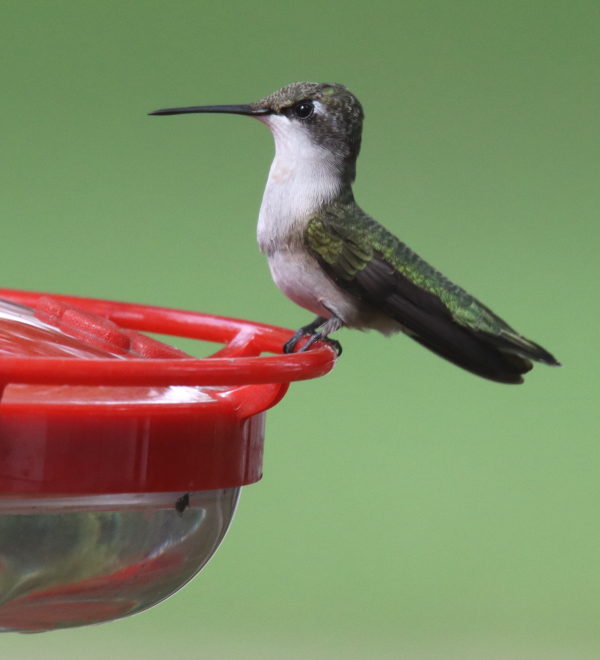Hesitation Won’t Grow Seed
By Glen Wunderlich
Outdoor Columnist
Member Professional Outdoor Media Association
After careful consideration, I chose to hold off on this year’s food plot seeding and had become concerned that I had made a foolish mistake. Almost like a real farmer, I watched the weather and became fearful of the forecasted, unseasonable heat wave of early August into the 90s. I was afraid that any tender brassica seedlings, unfortunate enough to have germinated, would be baked alive. Then the rains came. Over three inches of Mother Nature’s finest elixir would have meant certain pooling with tiny turnip seeds floating and settling in gobs. I was glad, but I still wasn’t sure my delay tactics made sense.
That’s when I phoned a friend, Jack Logan, the king of corn and other food plant matters. He didn’t answer, so I left a detailed message. On Saturday morning, August 8th my friend, Joe, his dog Cocoa, and I navigated our way to Corunna Mills through the fierce deluge for some birdseed. Once inside the grain elevator’s door, I spotted owner, Dick Demerly, just waiting for someone to ask him a question.
When I mentioned my apprehension, Dick said to plant the seed as soon as possible. Jack Logan returned my call and concurred. Great! Now that I had my answer, the heavy rains were forcing me to wait. Fortunately however, the food-plot site for this year’s planting is well-drained and rather sandy. As soon as the weather broke, Joe and I surmised the situation on location and decided to spin some seed that afternoon.
I readied my 1954 Ford NAA with a chain-link and board drag attachment so that the soil could be smoothed before broadcasting the seed. The soil was understandably heavy, so when I began working the field, I moved the 3-point hitch as high as it would go to reduce drag. Joe and Cocoa marched back and forth spreading potential. As soon as they finished, I completed one more pass to cover the seed ever so slightly and began hoping for the best. Although there were some areas that were too wet to negotiate, we were able to sprinkle the seed into 90-percent of the plot.
Even though my small-scale “farming” operation pales in comparison to what farmers contend with all year, every year, it gives me a profound appreciation for what they do on a regular basis. Everyone understands the factor weather plays in good crops. However, few may realize how much expense and energy is at stake.
This year’s food plot work began last fall with a spraying of glyphosate (the active ingredient in RoundUp or generic equivalents) to kill off existing vegetation. Although the cost has come down since last year, it is still an expensive proposition to spray.
Then there’s the tilling, which was performed last fall and several times this season in order to avoid more expensive sprays. In mid-July one final spray was applied to kill recently sprouted weeds. Expensive applications of 19-19-19 fertilizer and peletized lime were completed and worked into the soil so that the brassicas would flourish. And, finally the cost of the seed is added to the fragile equation.
My little food plots are more recreational than anything else. Yet, I pause to consider how fortunate all of us are to be able to rely on farmers that gamble with the weather and other market conditions to bring us what we need to survive.
There are no shortcuts to the expense and hard work. Skimping on any one of the elements necessary to successful farming and all is wasted. And, even if all the rules are followed and all the requisite cash is spent in preparation, it matters not if Mother Nature does not cooperate. Hats off to the farmers that have the nerve.


